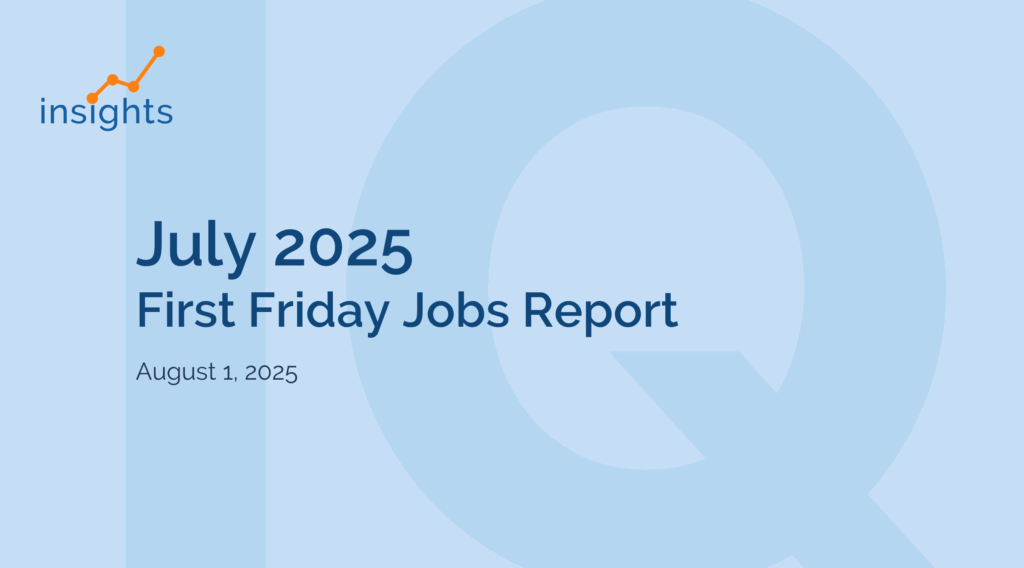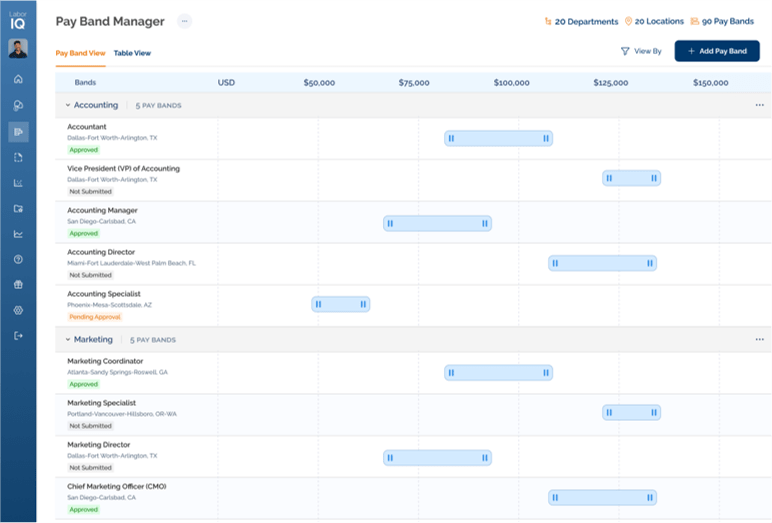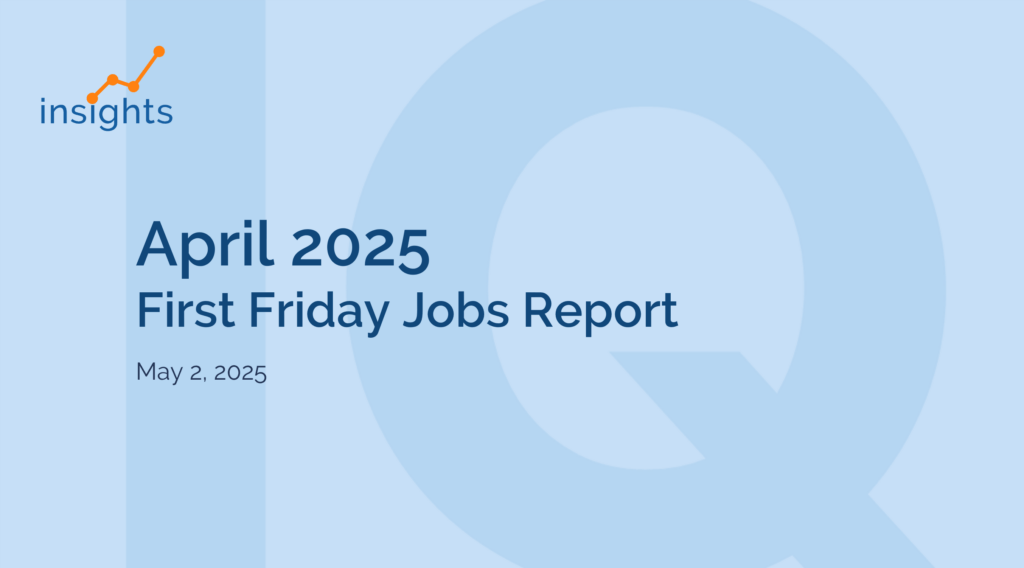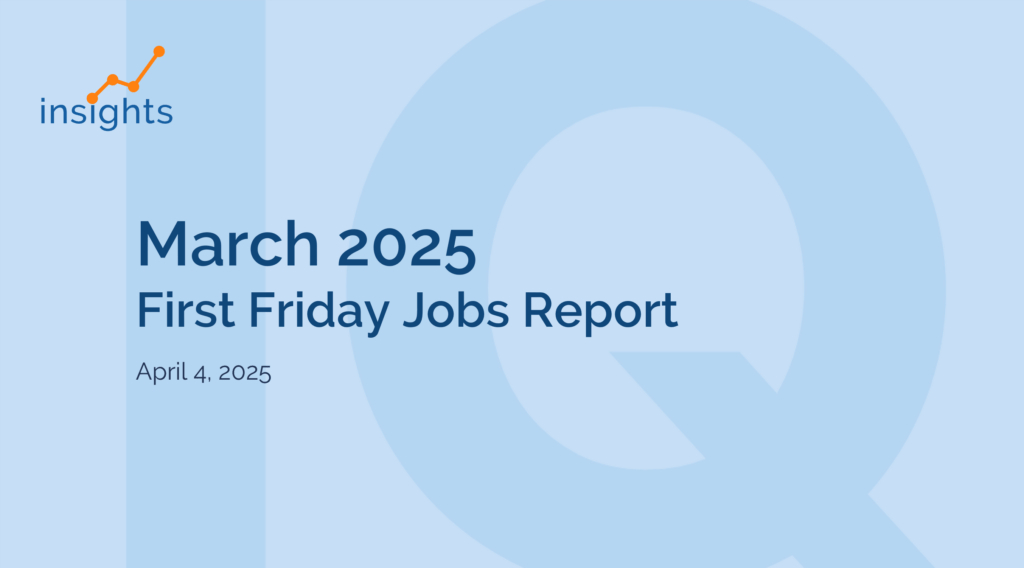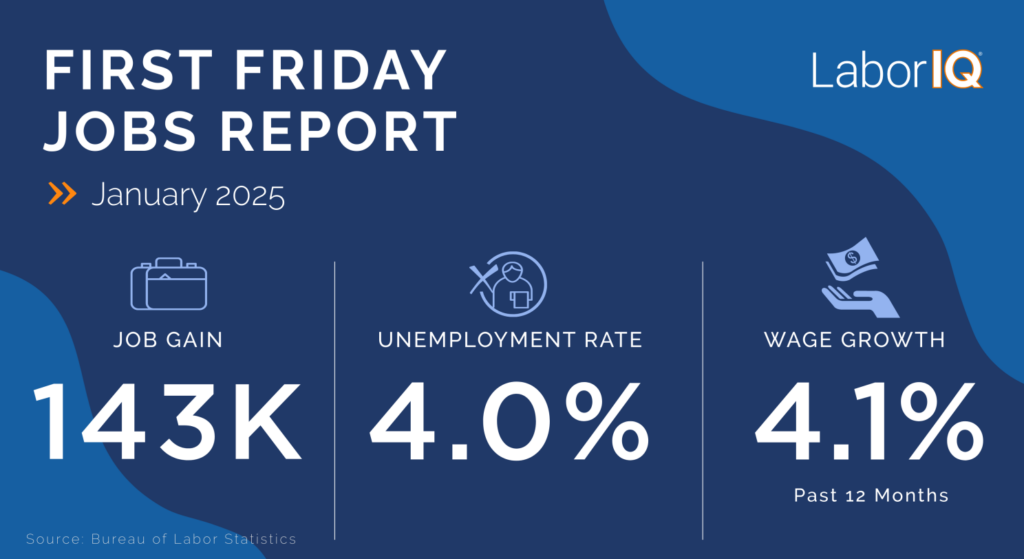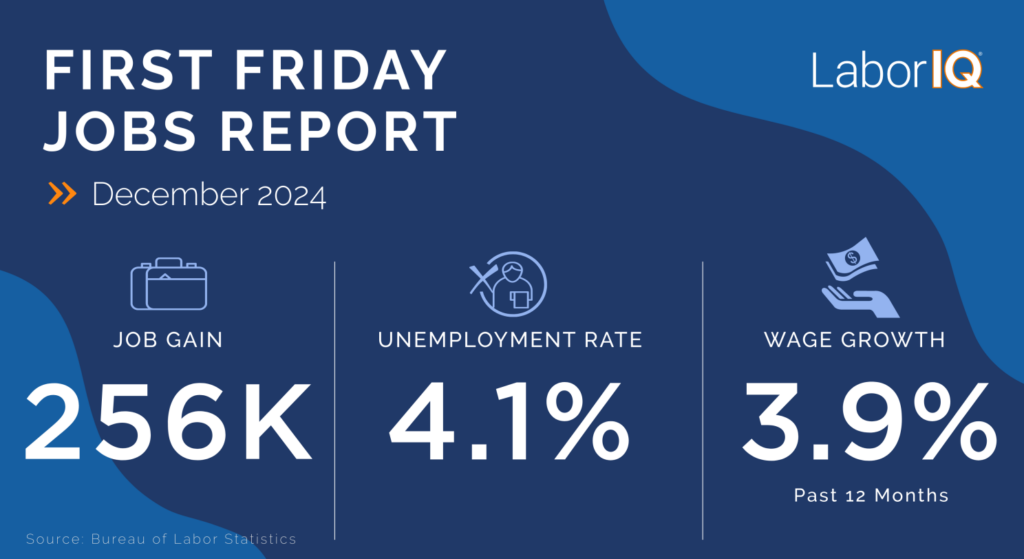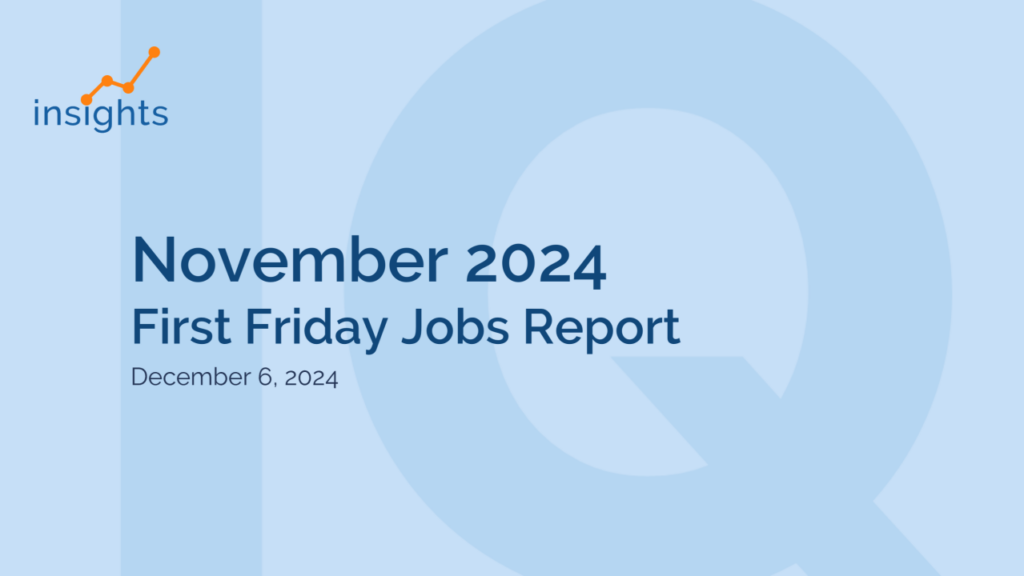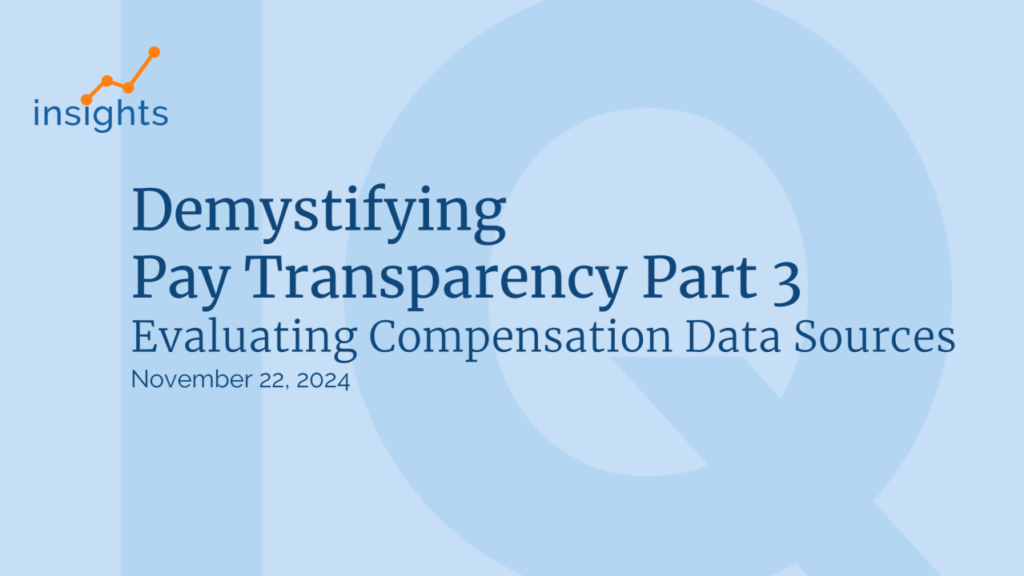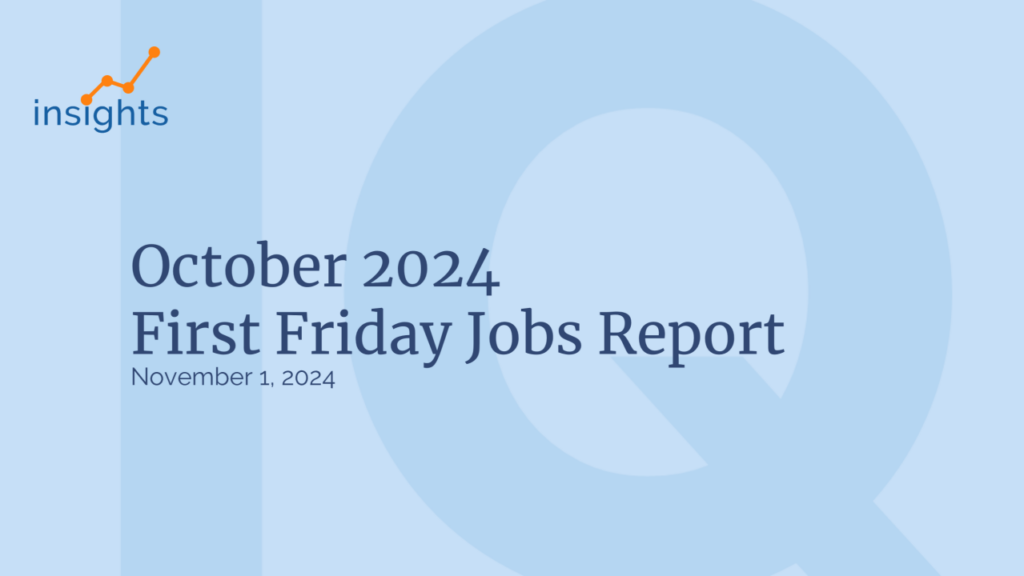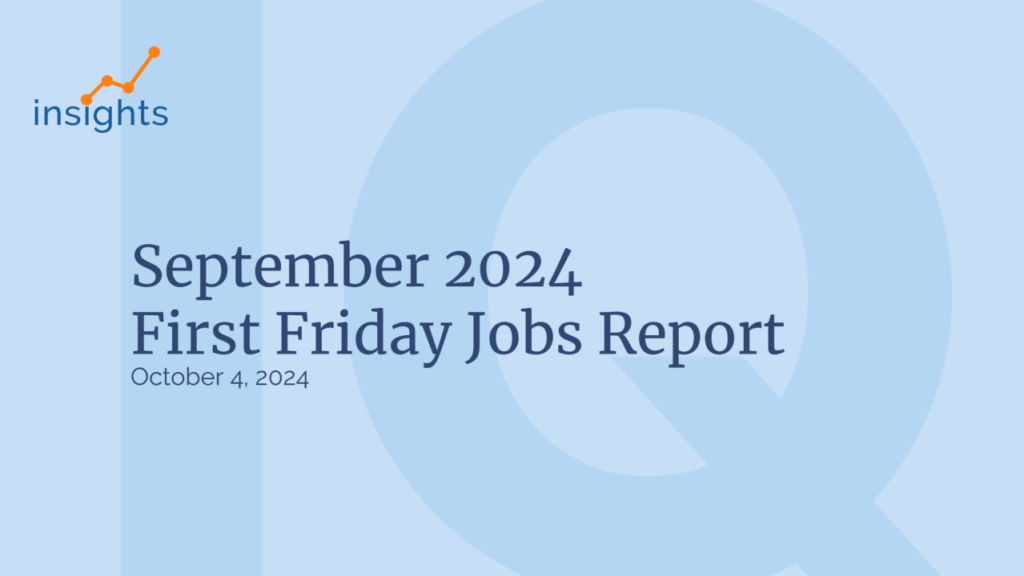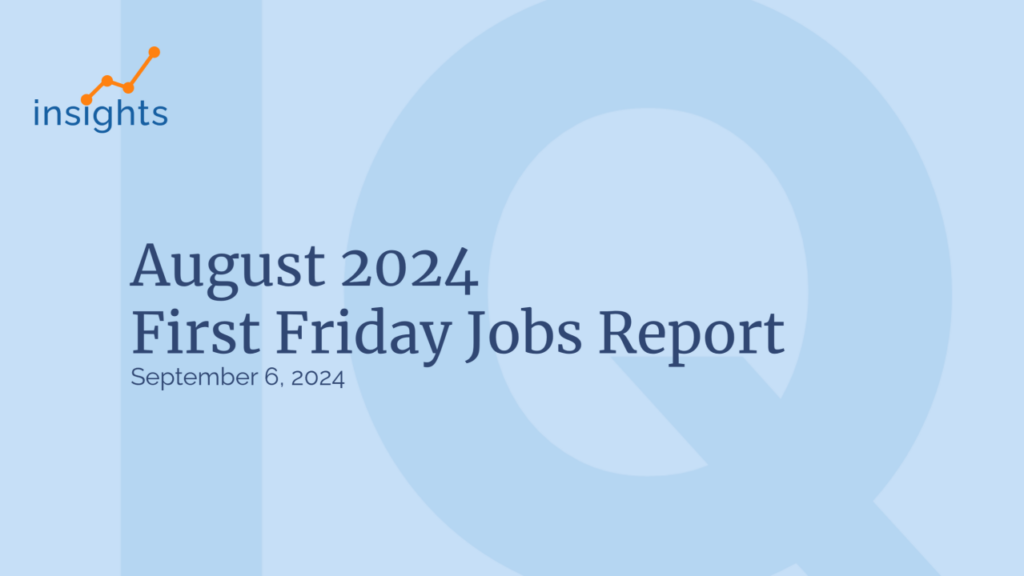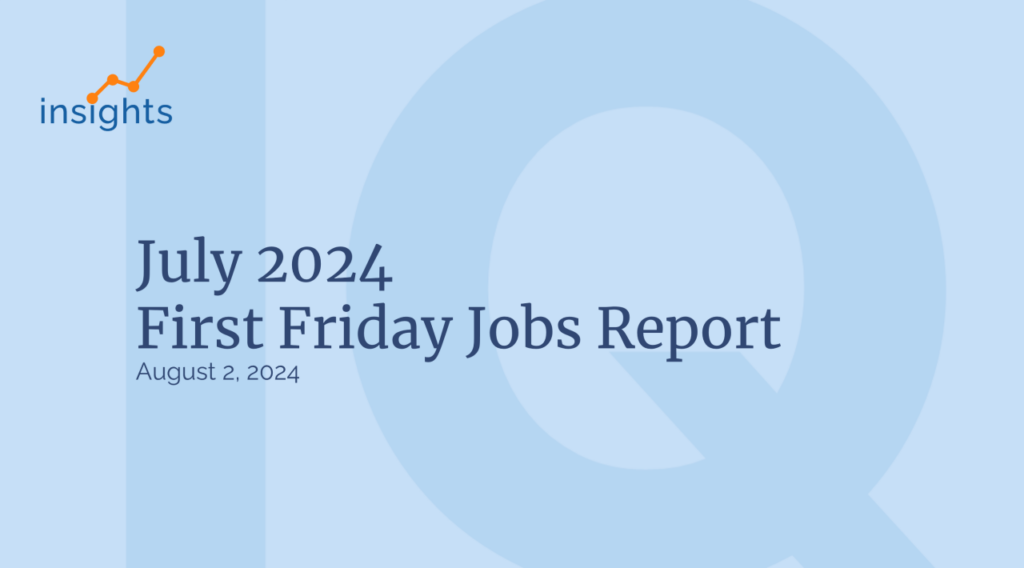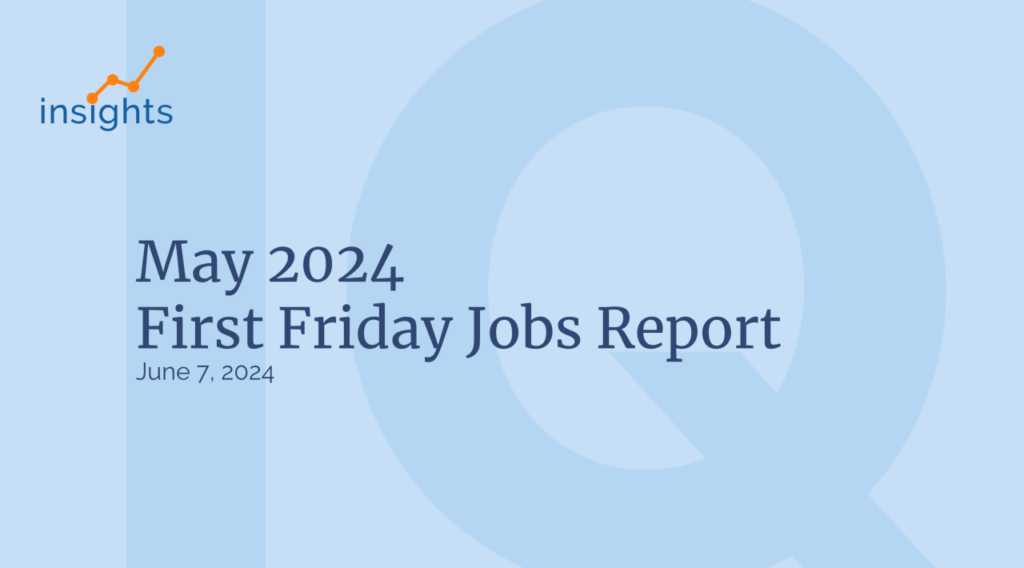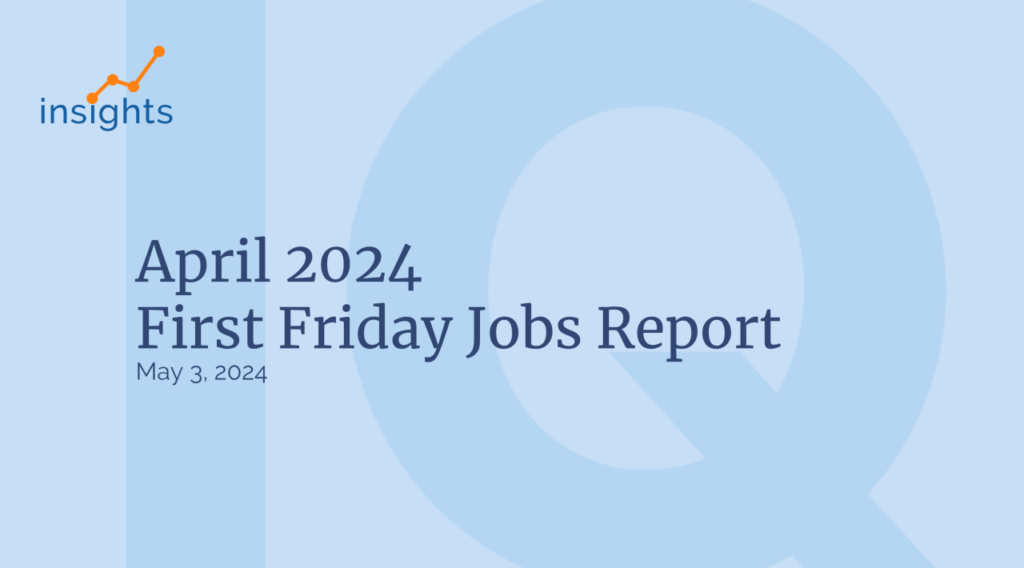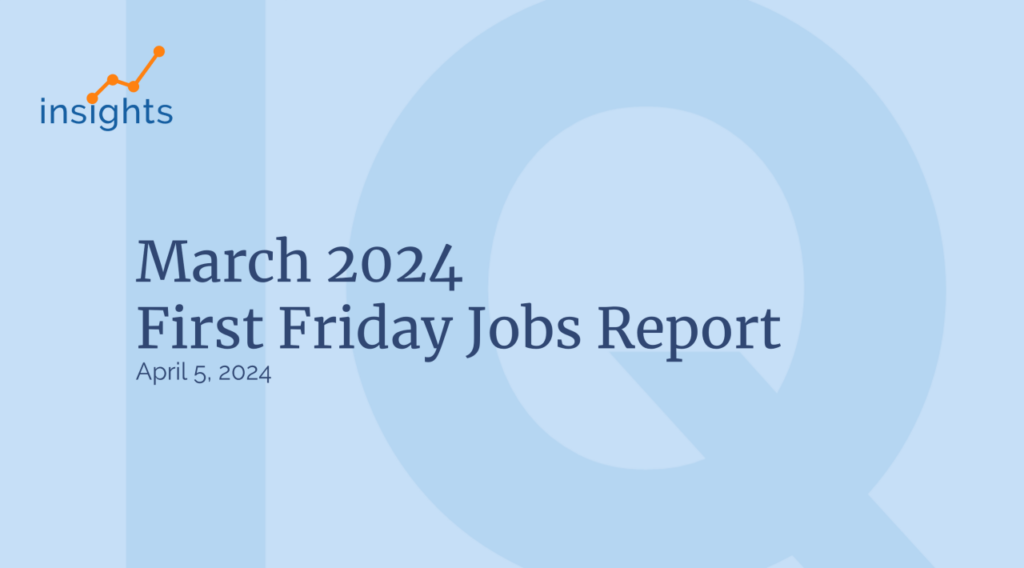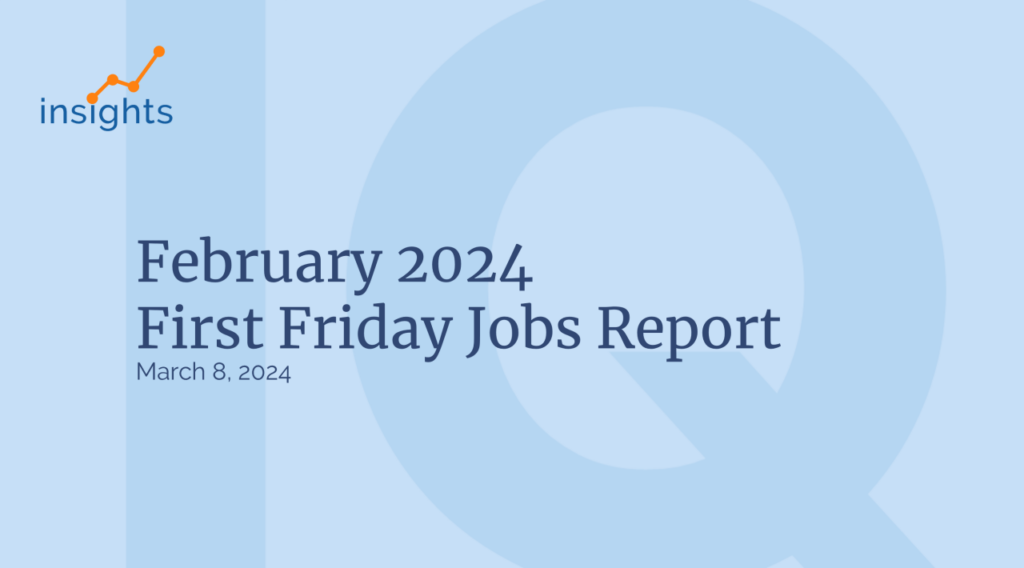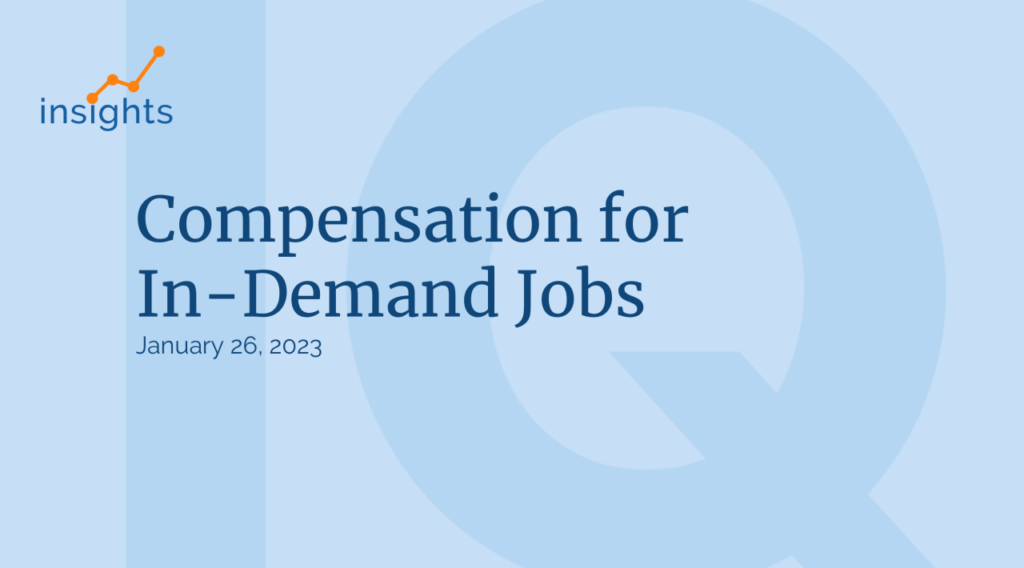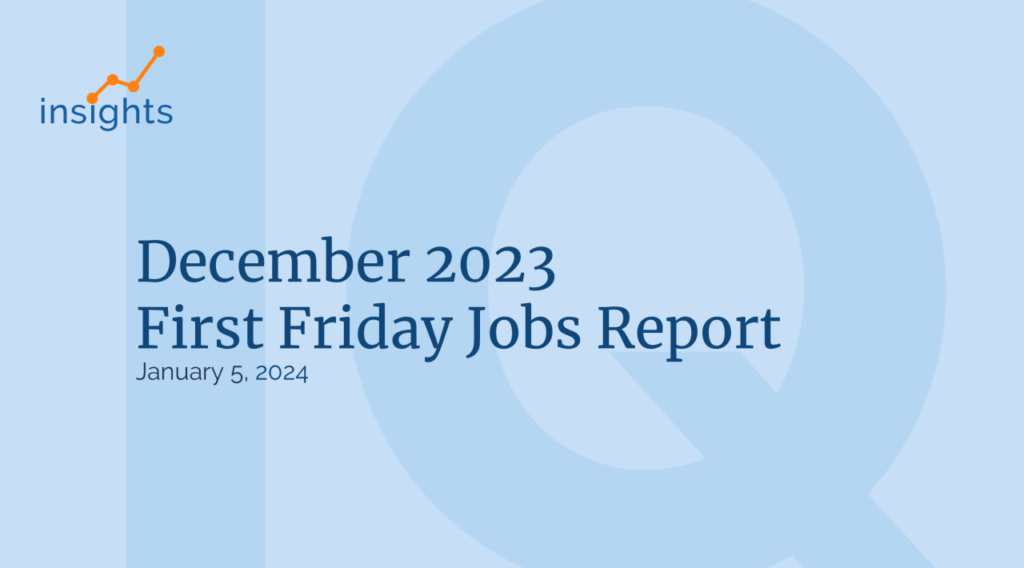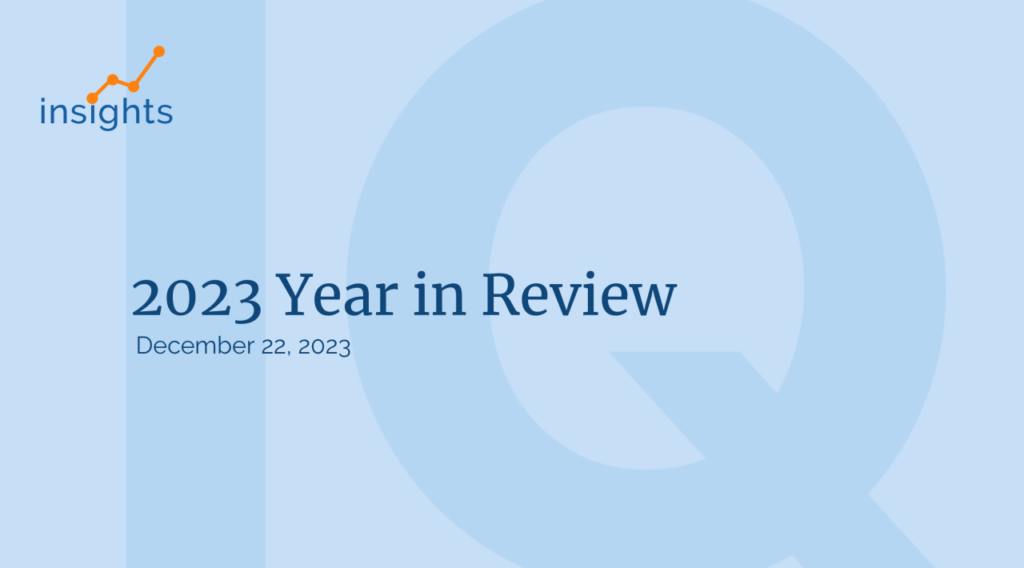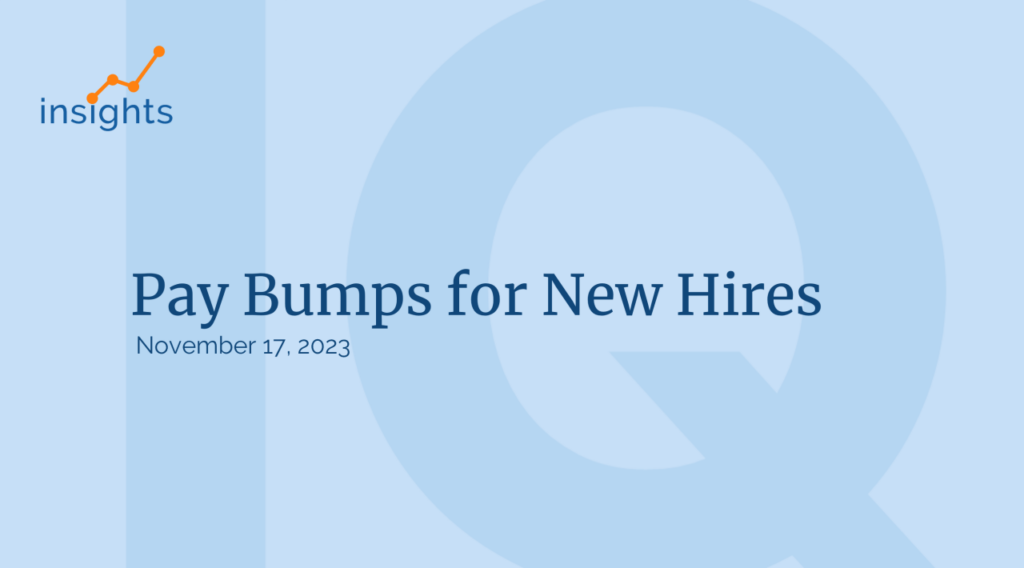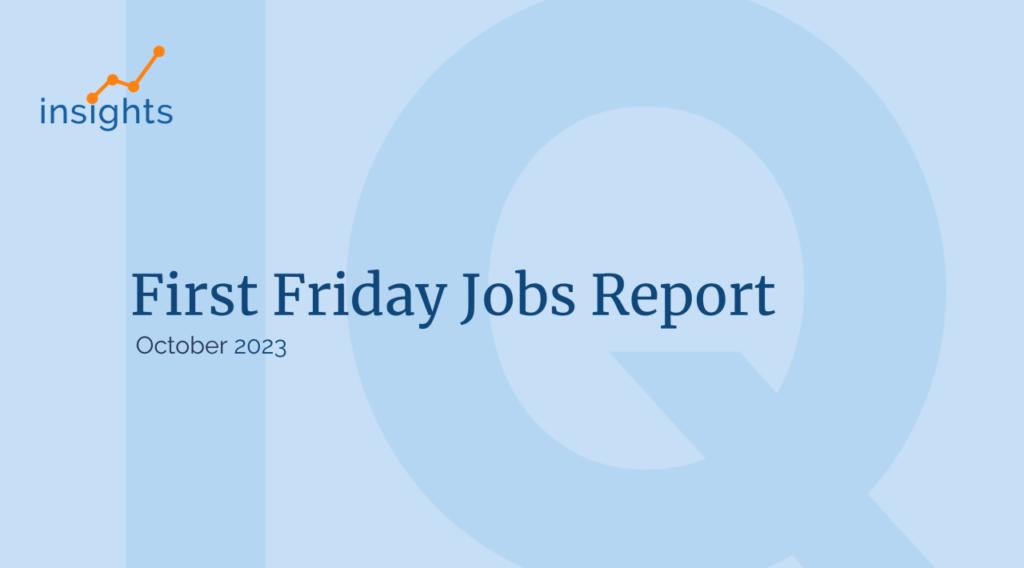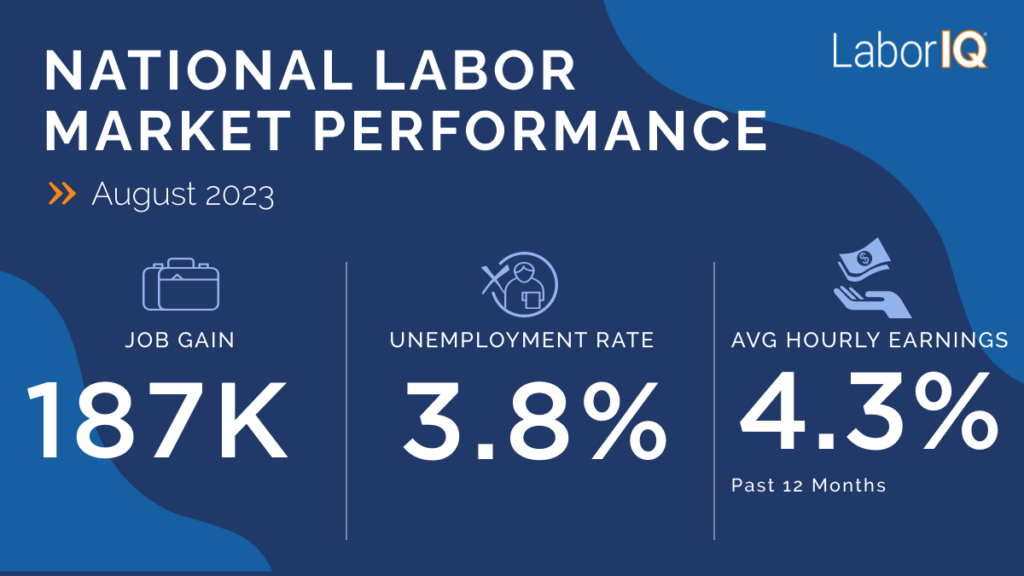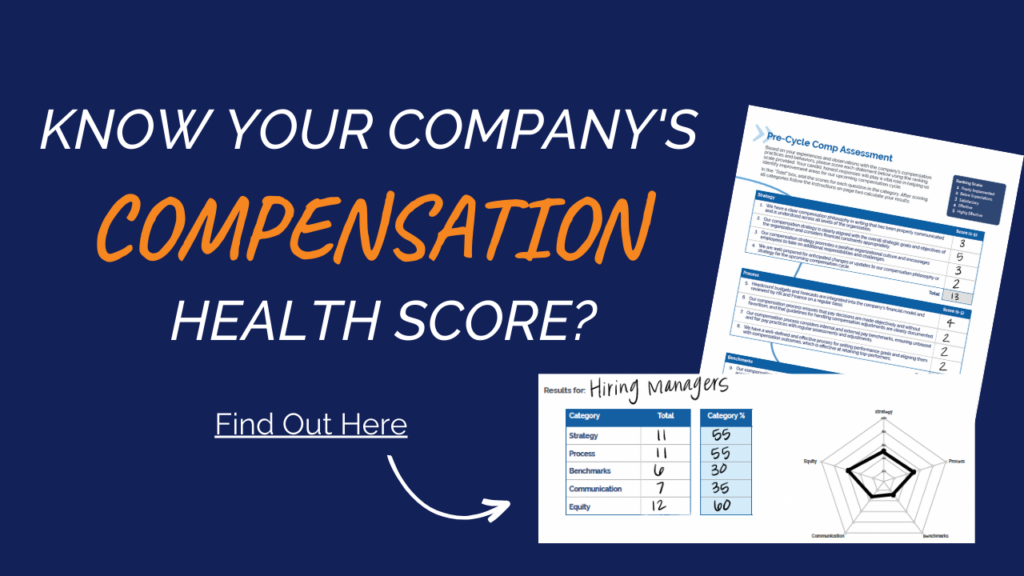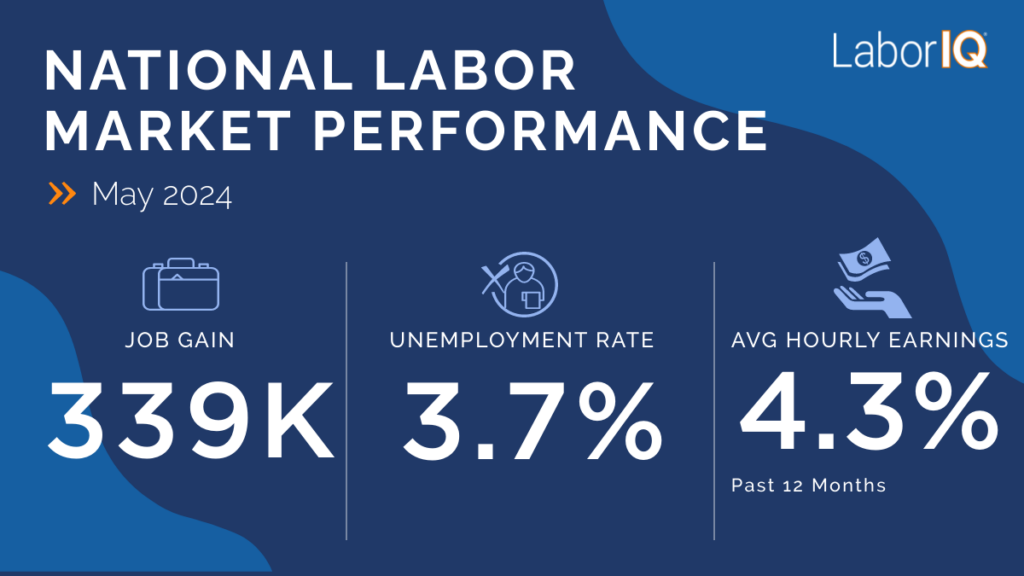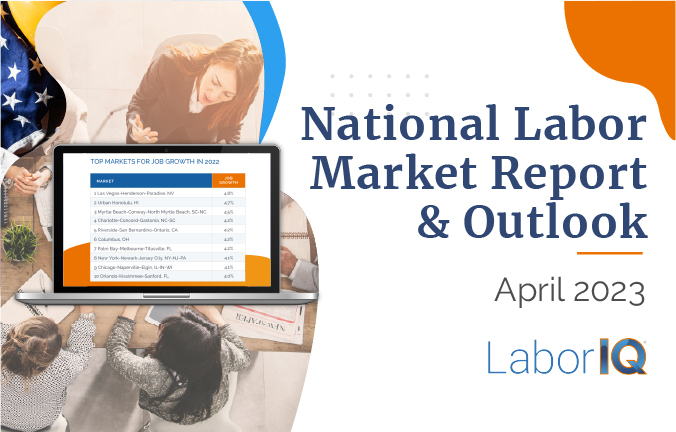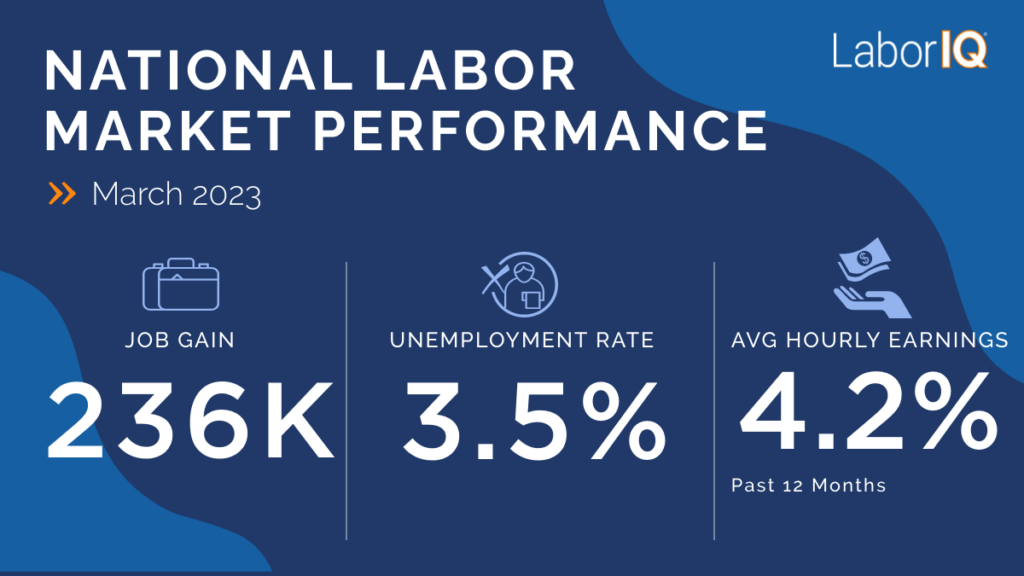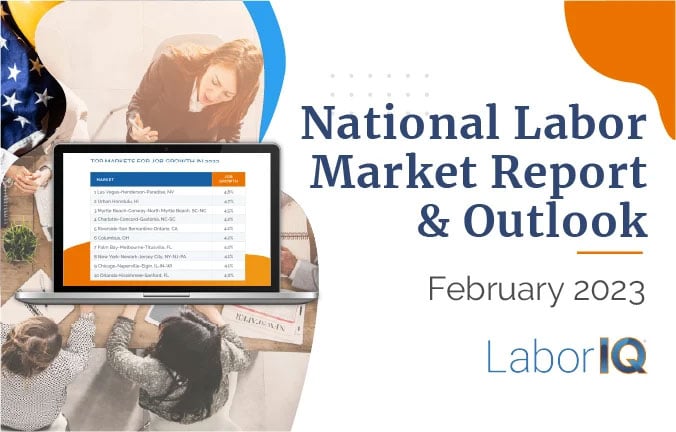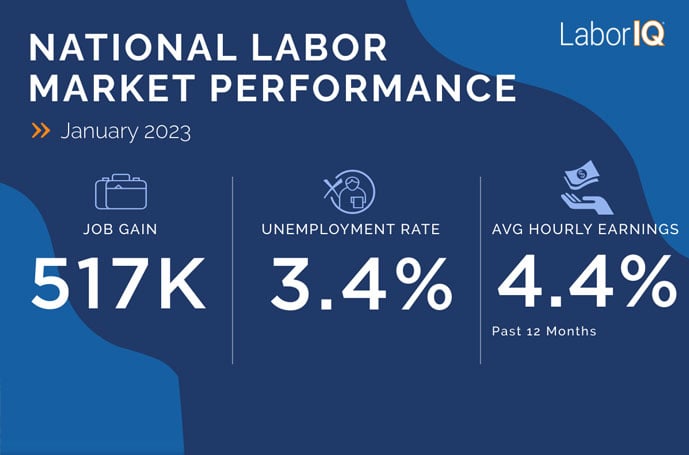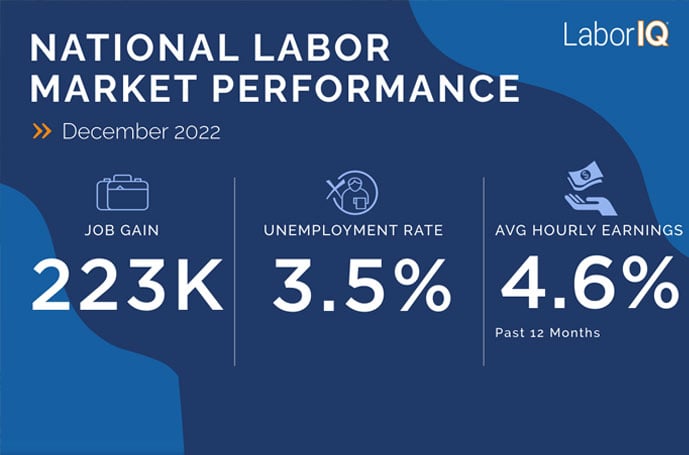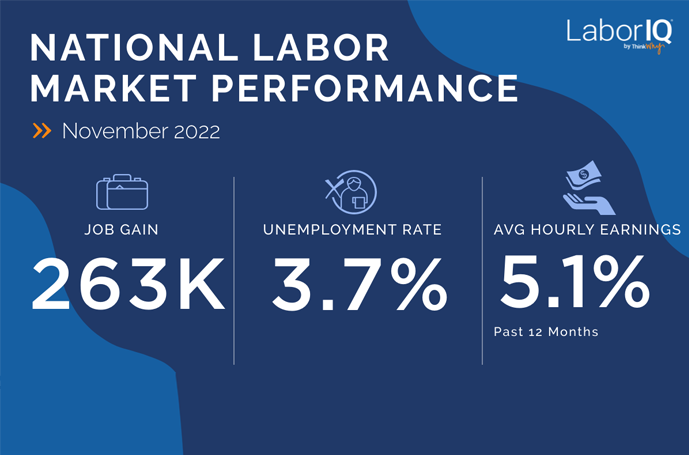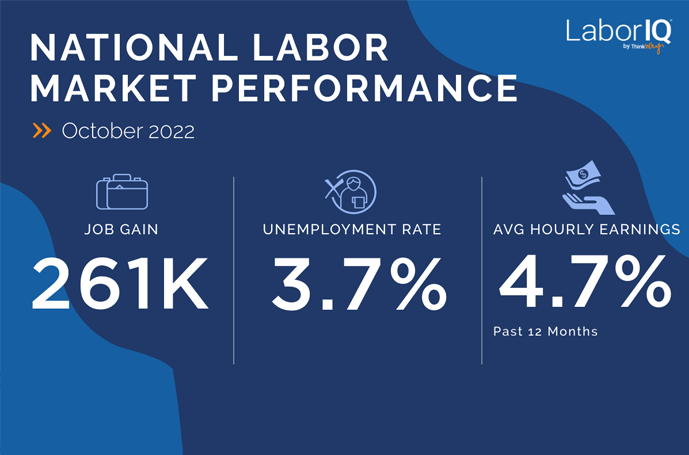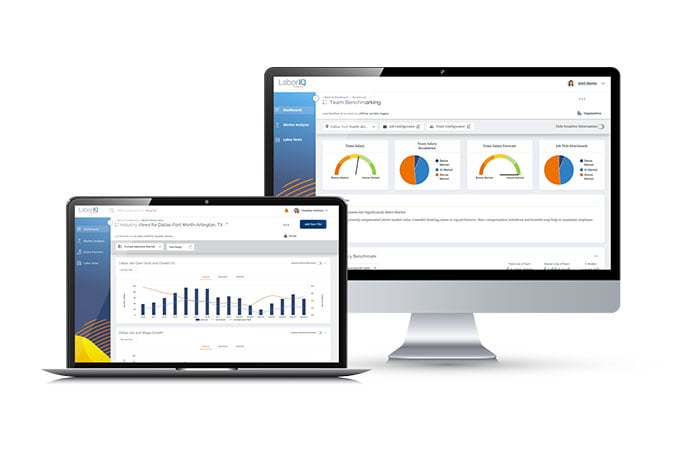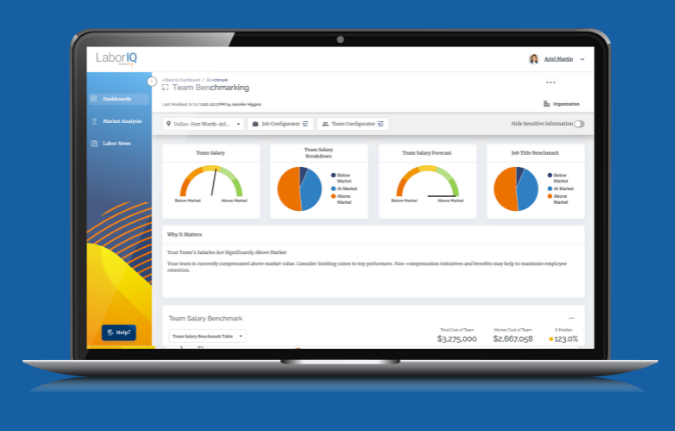Let’s talk about inflation. In the U.S., it’s seen a mostly steady climb since January 2020, when it sat at 2.5. Then while it dipped in May 2020 to 0.1%, it rose to a 9.1% high in June 2022. That’s the highest rate since 1981. Since then, it’s fallen to 8.5%, but this figure is still concerning.
One worrying repercussion is the cost of raising a child. Data from The Wall Street Journal found that the average middle-income couple with two children will spend around $310,605 alone raising their younger child born in 2015 through to age 17.
That works out to approximately $18,270 a year, an increase of 9%, based on the inflation rate we saw two years ago. However, this was before the rapid rise in the cost of living.
Needless to say, this considerably impacts families unless they are high-income earners. Here are a couple more sobering statistics to consider:
- The average cost of child care is $10,000+ a year, that’s 10% of the median income of a family or 35% for a single parent.
- Almost 1.6 million mothers are missing from the workforce, having left their jobs during the pandemic, and haven’t been able to return due to childcare costs.
So what can employers do to attract and retain those family members responsible for child care? Let’s take a look.

Address the Gender Pay Gap
According to the U.S. Census, when comparing median earnings between full-time, year-round workers, women earn 18-20% less than their male counterparts across all occupations. In the UK, only 14% of women received a pay raise in line with inflation, compared to 22% of men.
Needless to say, where wages stay the same, inflation will greatly impact women who receive less pay than men, especially in lower-paying jobs.
While over-generalized explanations of the pay gap are best avoided, the problem is exacerbated due to childcare. This is because women are more likely to take maternity leave or stay at home for childcare reasons, which can negatively affect their future earnings and career advancement.
Employers looking to address this issue need to offer the same pay rate to all applicants and demonstrate their commitment to equity across sexes, including regular pay and performance reviews and opportunities for career progression. Not only is this the ethical thing to do, but inclusive organizations are also more likely to financially outperform businesses that don’t demonstrate a positive approach to diversity.
Another thing you can do to address pay disparity is conduct compensation benchmarking.
When done well, this should involve a data-driven analysis of your current employee salaries compared to the market rate.
Offer Child-Friendly Employee Benefits
With inflation driving up the general cost of living, working parents face immense pressure to put food on the table for their families and find appropriate childcare for their children. A good employer can help by providing a complete compensation package that includes child-friendly employee benefits such as:
- Flexible working
- Child care benefits
What do we mean by these?
Flexible Working
Successful hiring strategies must consider the changing expectations of the workforce, which means embracing the increasing appetite for flexible working arrangements.
This isn’t just a parent-wide issue. Instead, across the board, 76% of workers want flexible work options. Moreover, according to one study by FlexJobs, 68% of women prefer working remotely, compared with 57% of men, and 80% rank remote working as a top benefit, compared with 69% of men.
Interestingly, one McKinsey study found that parents cited being unable to work flexibly and caring for the family as one of the top 10 reasons for quitting their jobs.
The takeaway? Organizations need to adopt flexible working policies to attract and retain women/parents in the workplace.
For starters, policies should include:
- Guidance on the number of days employees can work remotely.
- How many days they can compress their hours into.
- Where they can work.
…and so on.
Child Care Benefits
While the cost of child care has always been a significant challenge for working parents, inflation has worsened the financial pressures employees with families face. As U.S. inflation hit a record high, some childcare centers cost more annually than regional housing.
With this in mind, it’s no wonder that 94% of parents have had to implement major cost-saving strategies in the past year. Unfortunately, for many, this has created a new barrier to working mothers who have had to adjust their careers disproportionately to benefit their families.
These stats speak for themselves:
- 42% of mothers reduced their hours.
- 39% took a significant amount of time off for childcare reasons.
- 27% quit to care for a family member.
The answer?
- Adopting child and family-friendly policies.
- A healthy shift in mindset.
For example, rather than negatively viewing workers with caregiving responsibilities, businesses should create policies that enable greater work-life balance and foster a business culture that encourages workers to access support from well-trained managers.
To kickstart this shift, all family-friendly policies should be communicated clearly to employees and future hires during onboarding, job ads, and ongoing employee communication.
Also, rather than making assumptions based on gender, giving parental support to men, too, recognizes that all parents are important and valued.
Ready to Start Helping Working Parents?
Inflation and the fear of a recession are key stress factors for all employees, especially those with children. Leaving these fears unaddressed could lead to working parents compromising their careers or becoming less engaged in the workplace to balance their commitments at home.
As an employer in these challenging times, you can provide much-needed support. If you’re unsure about which family-friendly policies your employees would like to see, go ahead and send out a confidential survey to get some valuable feedback on the subject.
Again, as we’ve already mentioned, it’s also wise to conduct salary benchmarking exercises to ensure pay equality. Using LaborIQ can help. It can also assist you with compensation planning to attract and retain working parents fighting to keep their families afloat during the cost of living crisis.


